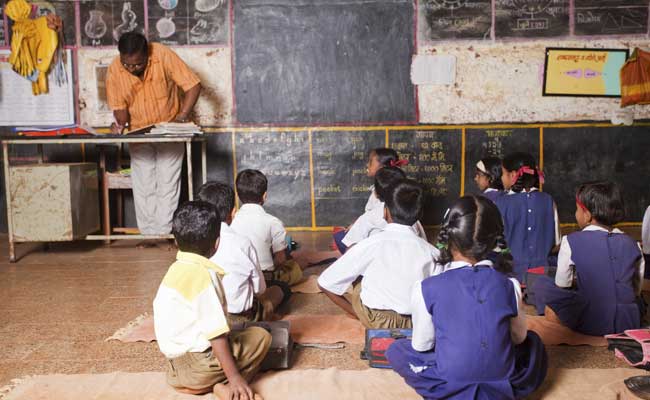
New Delhi:
Average life expectancy in India was 67.7 years in 2022 – up from 62.7 a year earlier – and gross national income (GNI, per capita) has increased to $6951, a jump of 6.3 per cent in 12 months, the United Nation’s Human Development Index, or HDI, report has said. The HDI report also indicated increases in expected years of schooling (to 12.6 per individual).
Overall, the country has a HDI score of 0.644 in 2022, which ranks it 134 of 193 in the UN’s report for 2023/24 – ‘Breaking the Gridlock: Reimagining Cooperation in a Polarised World’. This places it in the ‘medium human development’ category.
Significantly, India’s HDI score for 2022 saw an increase after a drop the year before and a flat trend in the years prior. India’s 1990 HDI was 0.434, making the 2022 score a positive change of 48.4 per cent.
HDI refers to assessment of average achievements in three basic dimensions of human development – long and healthy life, access to education, and decent standard of living.
READ | In 2021 Report, India Drops Another Rank In Development Index, Now 132
“India has shown remarkable progress in human development over the years. Since 1990, life expectancy at birth has risen by 9.1 years; expected years of schooling have increased by 4.6 years; and mean years of schooling have grown by 3.8 years. India’s GNI per capita has grown by approximately 287 per cent,” Caitlin Wiesen, the United Nations Development Programme’s country representative, said.
Gender Inequality Report
The report also said India had demonstrated “progress in reducing gender inequality”, flagging a Gender Inequality Index, or GII, of 0.437, which is better than the global average.
In the GII list, which ranks countries on three key dimensions – reproductive health, empowerment, and labour market participation – India places 108 of 166 nations.
Reproductive healthcare is better than other countries in the ‘medium HDI’ category, and the 2022 adolescent birth rate was 16.3 (births per 1,000 women aged 15-19) – an improvement from 17.1 from 2021. There is, however, a gap of 47.8 per cent in labour force participation rates of men and women.
READ | India Drops One Spot To 131 In UN’s Human Development Index
“This highlights the country’s commitment over time to mprove the quality of life for its citizens. But there is room for improvement. With a renewed focus on women-led development, India can further unlock socio-economic progress, paving the way for a more equitable future for all,” Ms Wiesen said.
The government has attributed the improvements to a “decisive agenda… to ensure women’s empowerment through policy initiatives aimed at long-term socio-economic and political development”.
“Government initiatives have spanned across women’s lifecycles including large scale initiatives for girls’ education, skill development, entrepreneurship facilitation and safety in the workplace,” the Ministry of Women and Child Development said in a press release.
Global HDI Values
The global HDI values have fallen for the second consecutive year; this is the first time that has happened. The UN has red-flagged growing inequality between rich and poor countries in this regard, a crisis driven by the continuing impact of the COVID-19 pandemic.
“Before the crisis, the world was on track to reach an average ‘very high’ HDI by 2030, coinciding with the deadline for the Sustainable Development Goals (SDGs). Now we are off track, with every region running below its pre-2019 projections,” the report said.
READ | Pandemic Set Human Development Back By 5 Years Globally: UN Report
Essentially, the world has not reached human development levels expected by this time because of Covid, and the subsequent ‘partial’ recovery is leaving the poorest behind, exacerbating inequality and stoking political polarisation on a global scale.
NDTV is now available on WhatsApp channels. Click on the link to get all the latest updates from NDTV on your chat.




